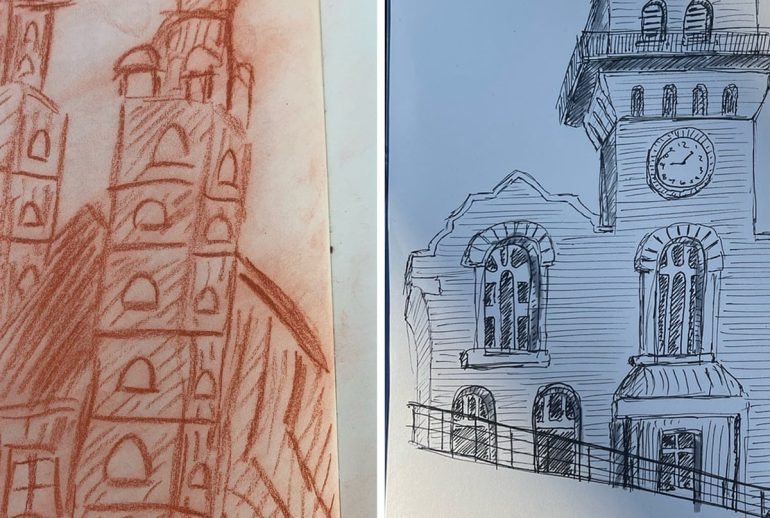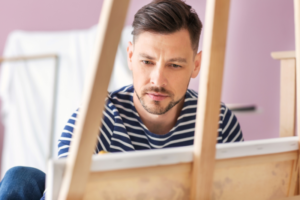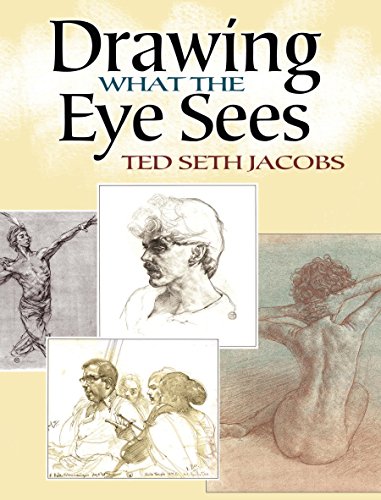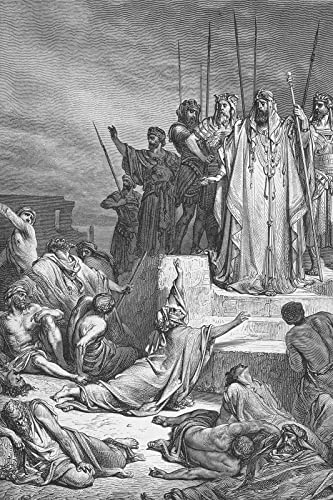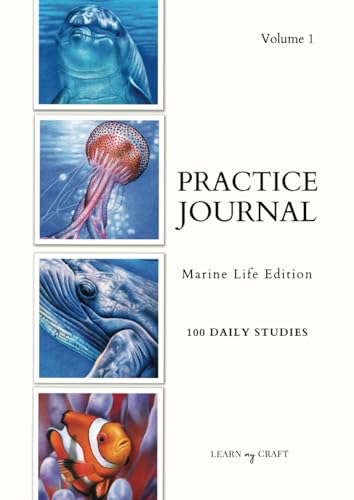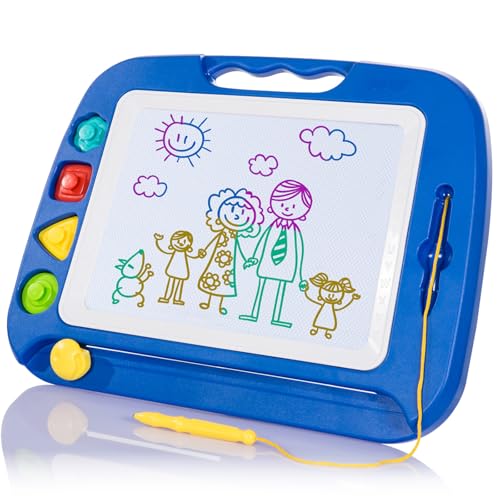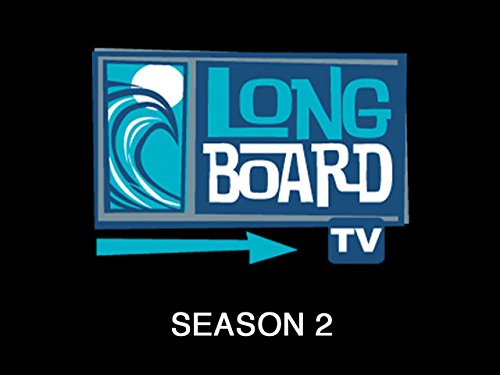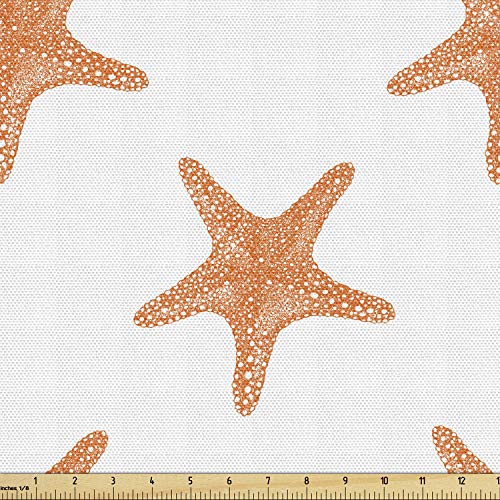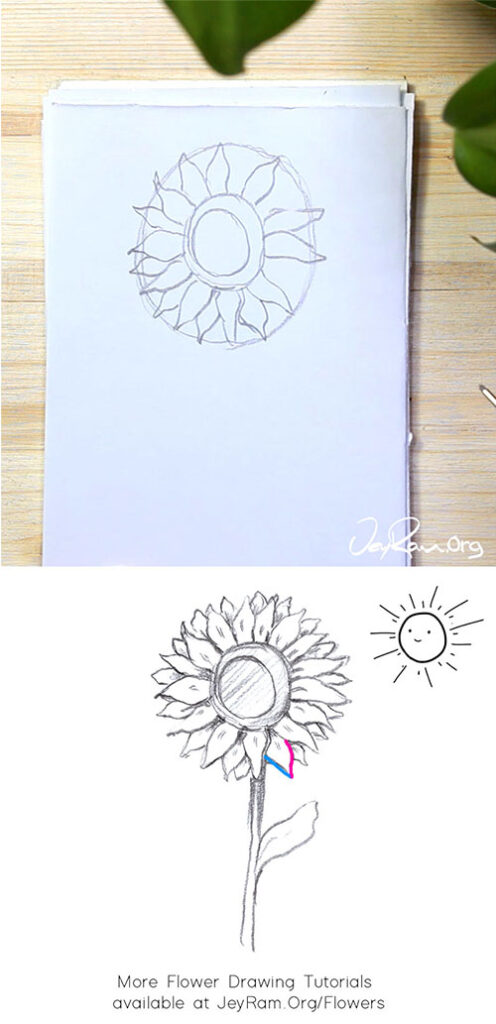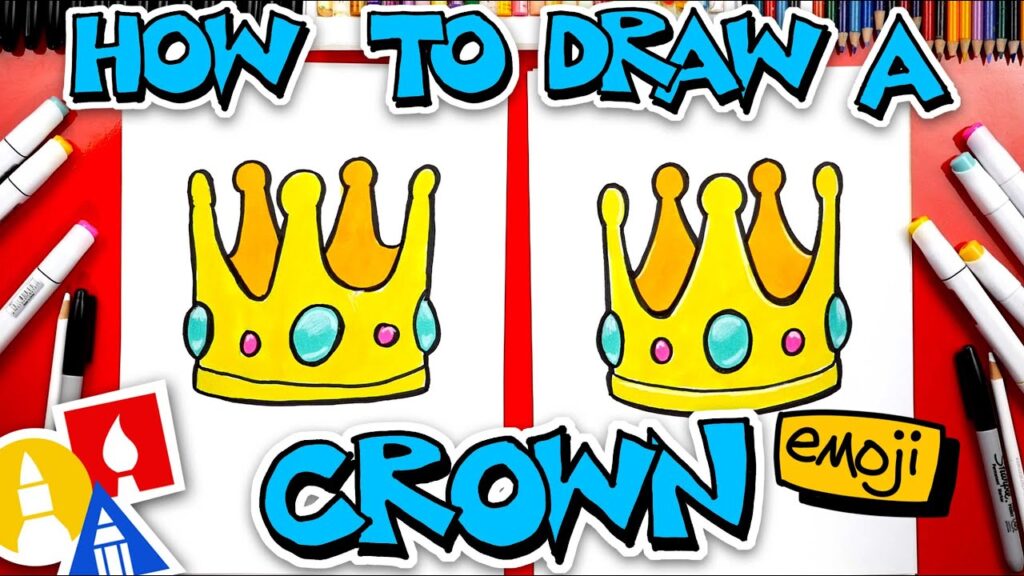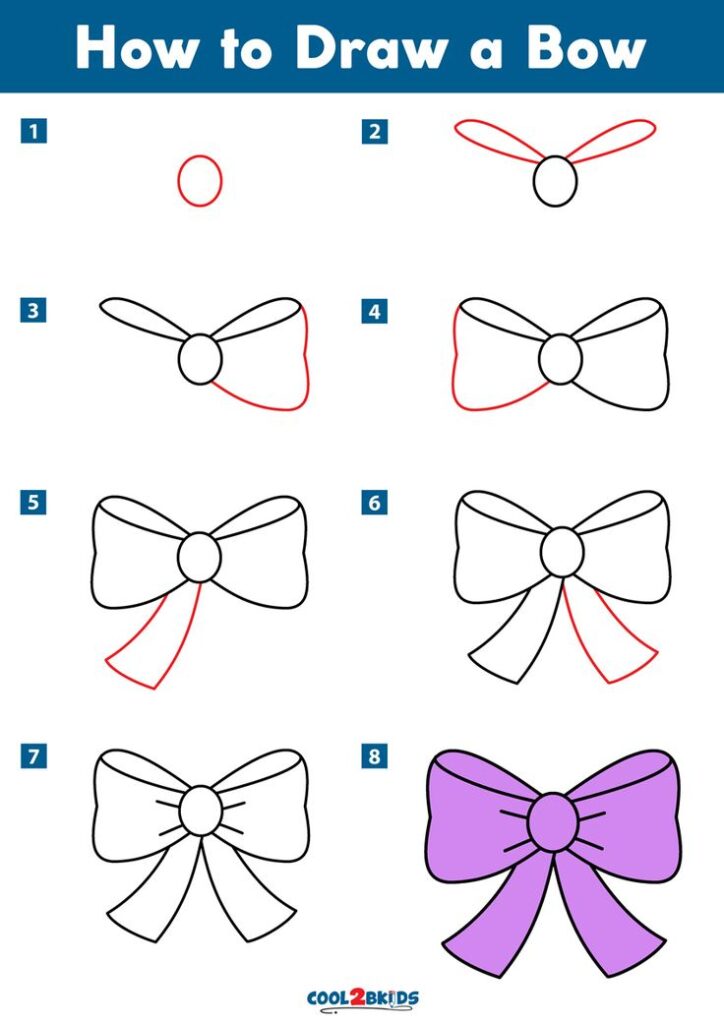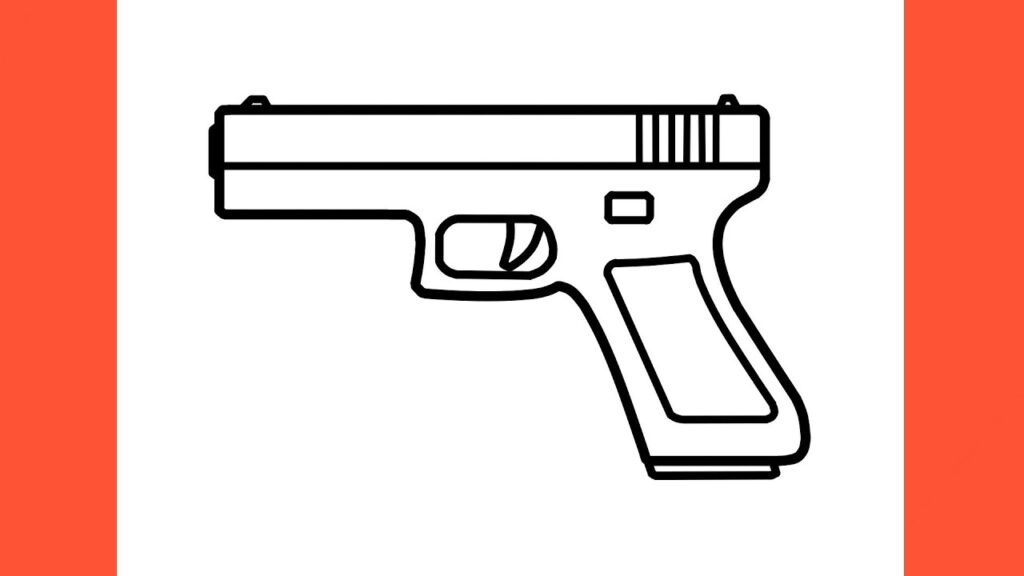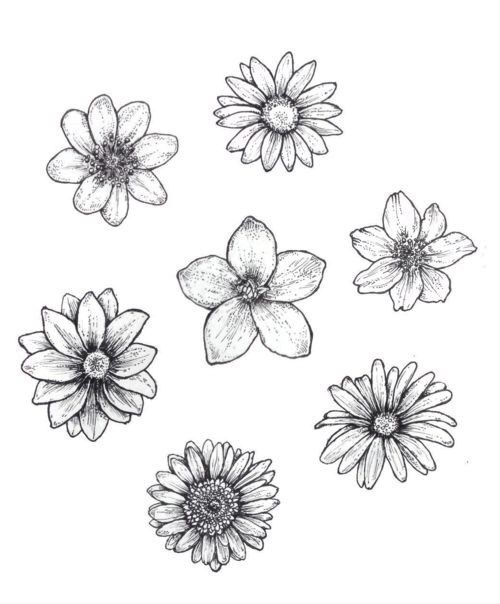Yes, you can learn to draw without natural talent. Talent is just one part of the equation.
With practice, patience, and guidance, anyone can improve their drawing skills. Drawing is a skill that can be developed over time. Many believe that only those born with talent can create art. But this isn’t true. Like playing an instrument or learning a language, drawing requires dedication.
Everyone starts as a beginner. The key is consistent practice and a willingness to learn. Art schools and online tutorials offer structured lessons. These resources break down techniques into manageable steps. You’ll find that drawing can be both fun and rewarding. Embrace the process. Your style will evolve with time. Mistakes are part of learning. Each stroke brings you closer to improvement. Remember, many artists started just like you.
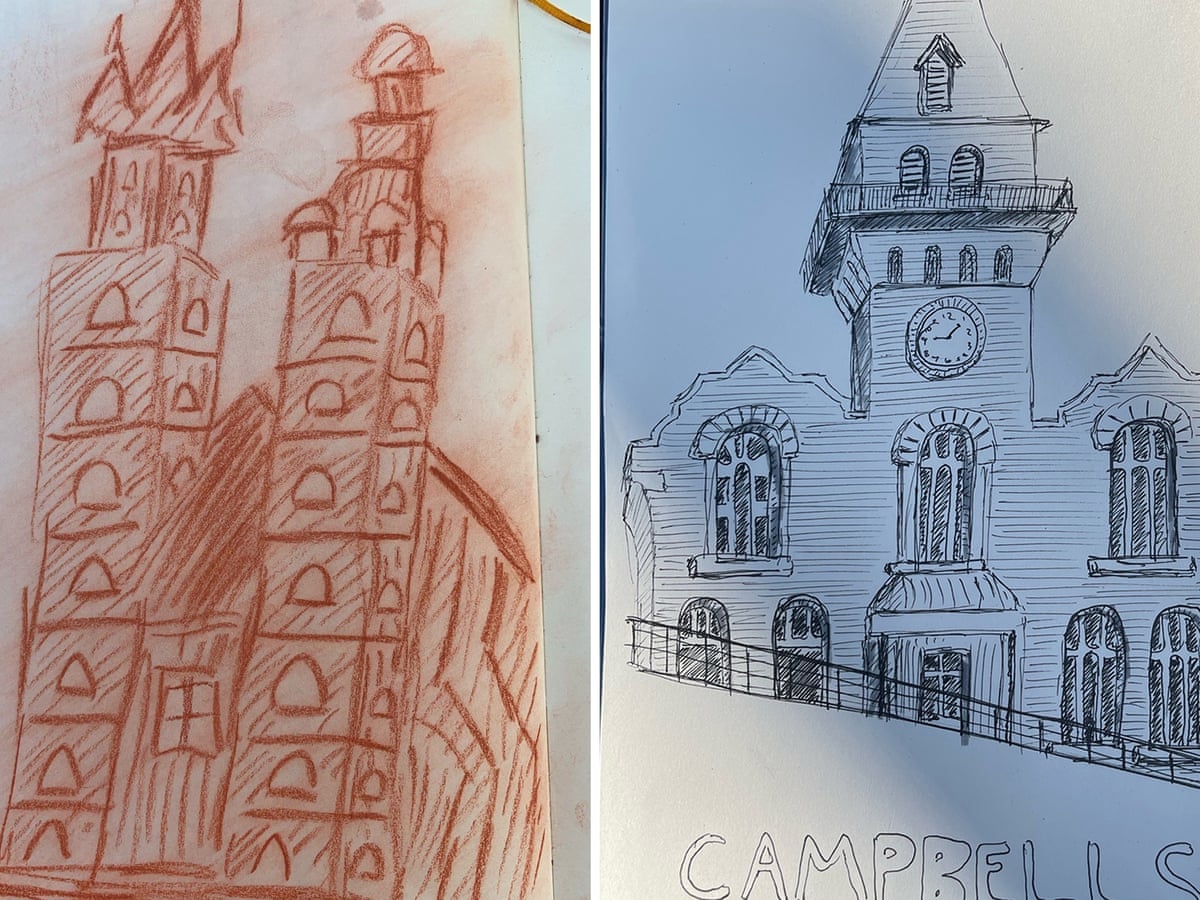
Drawing As A Learned Skill
Many believe drawing is an innate talent. But is that true? Drawing involves skills that can be learned and practiced. Like learning to ride a bike or play an instrument. You don’t need to be born with a gift to draw well.
Anyone can improve their drawing skills with effort and dedication. Let’s explore how drawing can be learned, regardless of natural talent.
Talent Vs. Practice
Natural talent gives some people a head start in drawing. But practice plays a huge role in skill development. Practicing regularly leads to steady improvement. Even without innate talent.
Think about athletes. Some are naturally gifted. Yet, they still train hard. The same principle applies to drawing. Practice enhances abilities, making talent less crucial.
Skills That Can Be Taught
Drawing involves many skills that can be taught. Understanding shapes and lines. Learning to observe details. Grasping perspective and proportions. These are teachable skills.
Many resources exist to help learners. Books, online tutorials, and art classes offer guidance. They provide structured ways to learn drawing. Step by step, anyone can develop their skills.
Feedback also plays a key role. Receiving constructive criticism helps refine techniques. It allows learners to grow and improve their art.
Starting Your Artistic Journey
Embarking on your artistic journey can feel daunting, especially if you believe you lack natural talent. But talent is just one piece of the puzzle. Passion, patience, and practice often weigh more heavily in shaping your artistic skills. If you’re ready to pick up a pencil, let’s explore how to start this rewarding path.
Choosing Your Tools
The right tools can make a significant difference in your drawing experience. Start with basic supplies—a good quality sketchbook and a set of pencils can work wonders. You don’t need the most expensive tools; instead, focus on those that feel comfortable and inspire you to draw.
Consider what medium excites you. Are you drawn to charcoal’s depth, or do colored pencils catch your eye? Try different tools to discover what suits your style best. Remember, choosing tools is about exploration and finding what makes drawing enjoyable for you.
Setting Realistic Goals
Setting goals can guide your learning and provide motivation. Instead of aiming to create a masterpiece immediately, set smaller, achievable goals. For example, aim to sketch for 15 minutes a day or complete a simple drawing each week.
Track your progress by maintaining a sketchbook or digital portfolio. Reflect on your growth every few months. You’ll be surprised at how far you’ve come. Remember, the journey is as important as the destination; each step is a learning opportunity.
Have you ever considered how much you can achieve with consistent practice? It’s not about talent alone but the dedication you put into your art. Embrace the process and enjoy watching your skills evolve over time.
Building Foundational Techniques
Many people believe drawing requires natural talent. But anyone can learn. Building foundational techniques is key. It provides a strong base for growth. With practice, these skills improve over time. Let’s explore some essential techniques.
Understanding Lines And Shapes
Lines and shapes form the core of every drawing. Start with basic lines. Practice straight and curved lines. Then, move to simple shapes. Circles, squares, and triangles are good starting points. These shapes help in creating complex forms. Observing objects around you can help. Notice how they break down into shapes.
Mastering Shading And Texture
Shading adds depth to your drawings. It makes them appear more real. Begin with light and shadow. Understand where the light source is. Practice shading with a pencil. Use different pressures for varied tones. Texture gives life to your artwork. It represents the surface of an object. Try different techniques. Cross-hatching and stippling are popular methods. They add dimension to your drawings.
Harnessing The Power Of Observation
Learning to draw without natural talent is possible. Observation plays a key role. Through observation, you develop a keen eye for detail. It transforms how you perceive the world. This skill bridges the gap between talent and technique. It empowers you to create meaningful artwork. Let’s explore how observation enhances your drawing ability.
Seeing Like An Artist
Artists view the world differently. They notice shapes and lines. Shadows catch their attention. Colors are vibrant in their eyes. This unique perspective helps in drawing. It allows you to see nuances others might miss. Practice viewing objects in layers. Focus on their outlines first. Then delve into textures and shading. This approach builds your artistic vision.
Capturing Real-life Details
Real-life details enrich your drawings. Accuracy elevates your work. Start by observing everyday objects. Study their dimensions and forms. Notice the interplay of light and shadow. How does texture affect appearance? Use these observations in your sketches. Gradually, your work becomes more lifelike. Realism emerges through careful observation.
Benefits Of Regular Practice
Many aspiring artists ask if they can learn to draw without any natural talent. The answer often lies in the benefits of regular practice. Just like learning a musical instrument or a new language, drawing improves with consistent effort and dedication. Regular practice not only hones your skills but also boosts your confidence and creativity.
Improving Skills Over Time
Think about how you felt when you first learned to ride a bike. At first, it was wobbly, and you might have fallen a few times. But with regular practice, you found balance and control. Drawing follows a similar path. Each sketch, each line, adds to your understanding and ability.
Start by sketching simple shapes. Over time, these shapes become more complex and detailed. Your hand becomes steadier, and your eye sharper. Progress may seem slow at first, but every drawing builds on the last. The more you draw, the better you get.
Overcoming Creative Blocks
Have you ever stared at a blank page, unsure where to start? Regular practice helps you overcome these creative blocks. When you draw often, you become less afraid of mistakes and more willing to experiment. This courage fosters creativity.
Try setting a routine—maybe 15 minutes a day dedicated to drawing. This small commitment can lead to big breakthroughs. You’ll find that inspiration strikes more frequently when your pencil is already in hand. Ideas flow more easily, and your creative mind becomes more agile.
Regular practice isn’t just about improving technical skills; it’s about building a creative mindset. The next time doubt creeps in, ask yourself: What if the only thing holding you back is the fear of trying? Embrace regular practice, and watch your artistic journey unfold.
Exploring Different Styles
Many people believe that drawing requires natural talent. But what if you could learn to draw by exploring different styles? Discovering your unique approach to art can be as exciting as finding a new hobby. Let’s dive into how you can find your style and experiment with various mediums to enhance your artistic journey.
Finding Your Unique Style
Think about the styles you admire. Do you prefer bold, abstract designs or detailed realism? Your attraction to certain styles can guide you in finding your own.
Start by emulating artists you love. This doesn’t mean copying them, but rather integrating elements that resonate with you. Over time, your style will naturally evolve.
Consider what subjects you enjoy drawing. Is it landscapes, portraits, or something completely abstract? Your interests can shape your unique style.
Experimenting With Various Mediums
Trying different mediums can be a game-changer in discovering your artistic voice. Each medium offers unique possibilities and challenges.
Begin with pencils and paper, then explore pastels, watercolors, or digital art. Each has its own feel and technique, encouraging you to think differently.
Don’t be afraid to mix mediums. Combining paints with charcoal can produce unexpected results. What surprising combination might inspire you?
As you experiment, document your progress. Reflecting on your work can provide insights into what truly excites you and what feels most natural.
Embrace the learning process and remember, talent grows with practice. You might surprise yourself with what you can create!
Learning From Resources
Learning to draw without natural talent is possible. Resources can help you improve. The internet offers a variety of tools and platforms. These resources cater to beginners and advanced learners alike. Embracing these can transform your drawing skills.
Online Tutorials And Courses
Online tutorials provide step-by-step guidance. They cover various drawing styles and techniques. Websites like YouTube host countless free tutorials. These videos range from simple sketches to complex illustrations.
Online courses offer structured learning. Platforms like Udemy and Skillshare have expert instructors. They teach lessons in an organized manner. Courses often include assignments and feedback. This helps track your progress effectively.
Community And Feedback
Joining an art community can be beneficial. It connects you with like-minded individuals. Communities provide a space for sharing and learning. You can post your work and receive constructive feedback.
Feedback helps identify areas for improvement. It encourages growth and motivation. Engaging with a community promotes a sense of belonging. This support system can boost your confidence. Learning is more enjoyable with others.
Celebrating Progress
Embarking on a drawing journey without natural talent can feel daunting. But the key lies in celebrating progress. Each line drawn, each shade added, marks a step forward. Acknowledge every small victory. It’s these moments that build confidence. They ignite passion and motivate you to keep going. Your growth might not be immediate, but consistent efforts yield results. Cherish your journey and the progress you make.
Tracking Your Growth
Document your drawings regularly. This practice shows your improvement over time. Date each piece to track your timeline. Compare older works with recent ones. Notice the changes. The lines may become smoother. Your shading might gain depth. These comparisons highlight your progress. They serve as reminders of how far you’ve come.
Embracing Mistakes And Learning
Mistakes are part of the learning process. They guide your growth. Each error offers a lesson. Analyze what went wrong. Try different techniques to correct it. This approach transforms mistakes into learning opportunities. Accept them as steps in your journey. Remember, even great artists made mistakes. They learned from them and improved. You can too.
Frequently Asked Questions
Is It Possible To Self-teach Drawing?
Yes, self-teaching drawing is possible. Use online tutorials, books, and practice regularly to improve skills. Engage with art communities for feedback and support. Dedication and patience are key for progress.
Is Drawing Purely Talent?
Drawing isn’t purely talent. Skills develop with practice and dedication. Everyone can improve through learning techniques and consistent effort. Creativity and observation enhance drawing abilities. Talent may give an initial advantage, but hard work and persistence lead to mastery. Anyone can become proficient with time and dedication.
Can I Be An Artist Without Talent?
Yes, you can be an artist without natural talent. Practice and dedication can develop artistic skills. Embrace learning and experimentation to improve. Many successful artists started with little inherent talent. Passion and persistence are key to artistic growth.
Can You Learn To Draw Realistically?
Yes, you can learn to draw realistically with practice and dedication. Start with basic shapes and proportions. Study light, shadow, and textures. Use references and tutorials to improve. Regular practice enhances your skills over time. Stay patient and persistent to see progress in realistic drawing.
Conclusion
Yes, you can learn to draw without natural talent. Practice is key. Many famous artists started as beginners. They improved over time. Dedication and patience help you grow. Use resources like tutorials and books. Experiment with different styles. Mistakes are part of learning.
Celebrate small achievements. Enjoy the creative process. Drawing can be a fun journey. Skills develop with consistent effort. Believe in your ability to improve. You might surprise yourself. Keep drawing regularly. Your talent will blossom. Embrace your artistic adventure.

